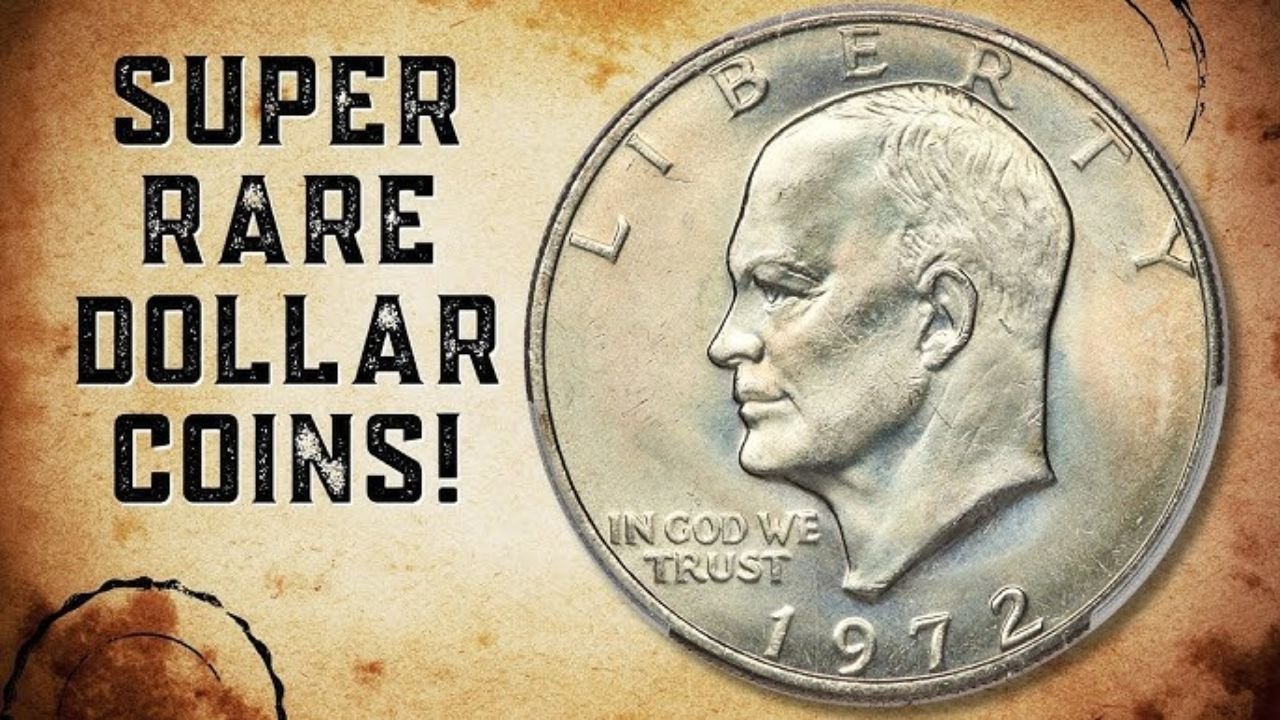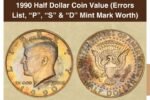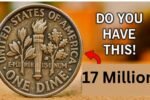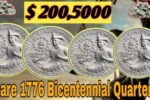This 1972 Eisenhower Dollar : In the fascinating world of coin collecting, even the most unassuming coins can hold extraordinary value. Recently, a 1972 Eisenhower Dollar fetched an impressive $7,100 at auction, proving that treasures may be hiding in plain sight. Many collectors and enthusiasts are now sifting through their old coins, wondering if they might unknowingly possess a rare and valuable piece like this one.
The History Behind the Eisenhower Dollar
Introduced between 1971 and 1978, the Eisenhower Dollar was minted to honor President Dwight D. Eisenhower and commemorate the historic Apollo 11 moon landing. The reverse side of the coin features a striking design of an eagle landing on the moon, paying tribute to this monumental achievement. Unlike earlier silver dollars, most Eisenhower Dollars were composed of copper-nickel, though special 40% silver versions were produced for collectors. Due to its large size and weight, the coin saw limited circulation, making well-preserved examples particularly sought after today.
Why Did This Coin Command Such a High Price?
The $7,100 coin was a 1972-S Eisenhower Dollar in silver proof grade, PR69 Deep Cameo, which means that the coin is nearly a perfect specimen, with sharp details and a mirror like finish. Speculating about it, they felt sure what made it so special was a kind of rare minting error called a doubled die obverse, in which a coin’s design is struck twice, creating a unique doubling effect. Patterns of coins like this are very sought after by collectors especially when in uncirculated condition.
The Three Varieties of the 1972 Eisenhower Dollar
The 1972 Eisenhower Dollar comes in three distinct varieties, classified by the design of the Earth on the reverse side:
- Type 1: Features a flat, less detailed Earth with indistinct islands.
- Type 2: The rarest variety, displaying a more detailed Earth but lacking visible islands. This type was only struck at the Philadelphia Mint.
- Type 3: The most common version, with a clearer depiction of the Earth and well-defined islands.
Collectors particularly seek the Type 2 variety due to its scarcity and higher market value.
How to Identify a Rare 1972 Eisenhower Dollar
If you suspect you might have a valuable Eisenhower Dollar, follow these steps:
- Check the Mint Mark: Located above the date on the obverse side, the mint mark indicates where the coin was struck. No mint mark means it was produced in Philadelphia, “D” stands for Denver, and “S” for San Francisco. The 1972-S coins were issued in both silver and copper-nickel versions, with the silver proofs being more valuable.
- Examine the Earth Design: Compare the reverse design to known varieties—Type 2 coins are the most desirable.
- Look for Errors: Doubled dies or other minting mistakes can significantly increase a coin’s worth.
If you’re uncertain, consulting a professional coin grader or appraiser is a wise next step.
The Importance of Grading and Appraisal
The condition of a coin makes a huge difference in its value. The grading scale is from 1 (poor) to 70 (perfect) ordering in is premium. Proof and uncirculated are typically worth more than circulated coins. A genuine grading service such as NGC (Numismatic Guaranty Corporation) or PCGS (Professional Coin Grading Service) can attribute and grade your coin, giving you an up to date market value.
Why Collectors Cherish the Eisenhower Dollar
The Eisenhower Dollar holds a special place in numismatics for several reasons:
- It was the last large-size dollar coin intended for general circulation.
- Its historical significance ties it to both President Eisenhower and the Apollo 11 mission.
- The bold, meaningful design appeals to collectors.
- The hunt for different varieties and mint errors adds excitement to building a complete collection.
Many collectors also have nostalgic connections to these coins, recalling childhood memories of receiving them as gifts or finding them in old jars and drawers.
Final Thoughts: Could You Have a Hidden Treasure?
The latter $7,100 sale of a 1972 Eisenhower Dollar is a reminder that there are potentially valuable coins hiding in plain sight. Found an old dollar coin?Experts say look at it a little closer because it could be worth much more than its face value. Numismatic pursuits serve not only as history preservers, but also as storehouses of adventure and the possibility of sudden riches.



